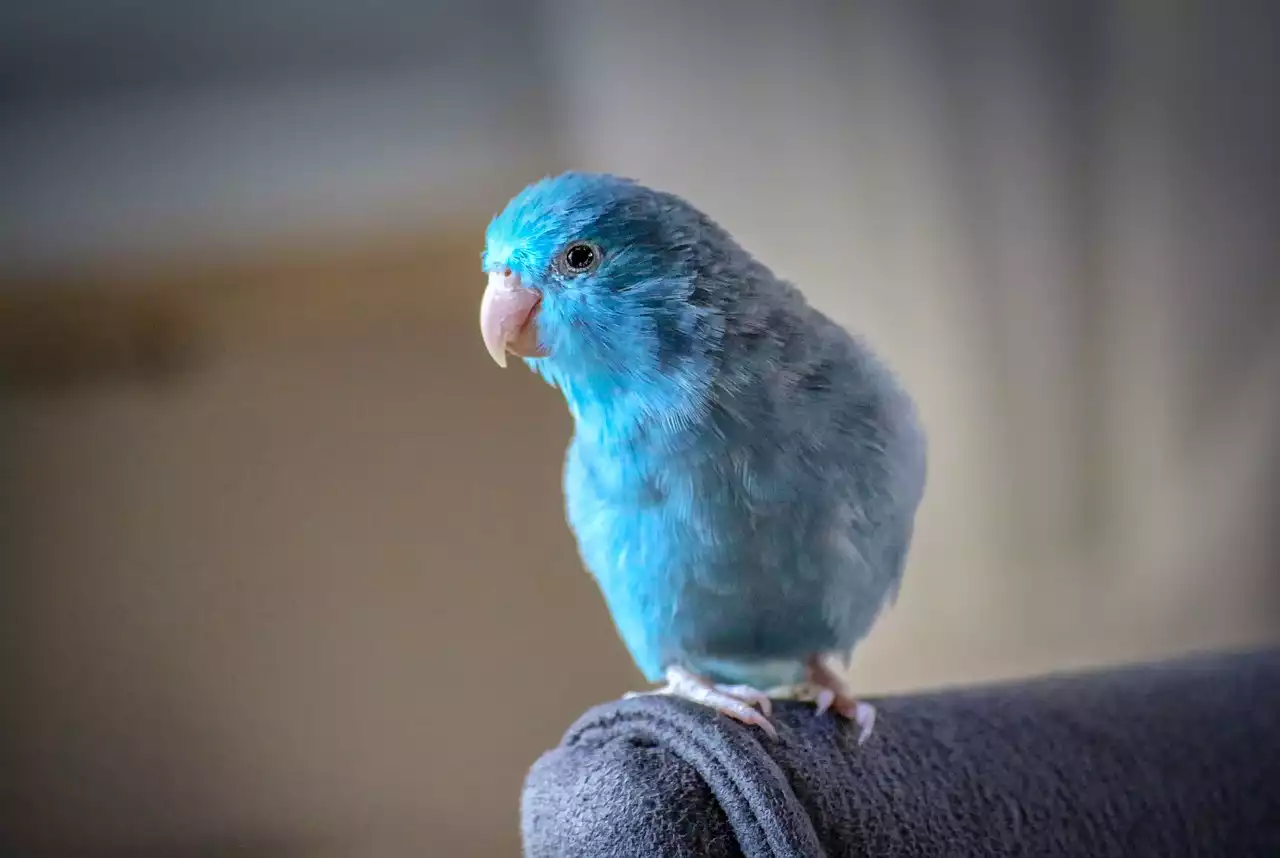Keeping lovebirds as pets is a wonderful experience. They are tiny little birds that are extremely social and interactive. They have a variety of colors, so you can find one that fits your personality, and they have different personalities as well. You may be wondering if keeping lovebirds as pets is the right choice for you and your family. There are some pros and cons to keeping these little birds as pets, but in general, they’re wonderful.
What is a Lovebird?
Lovebirds are tiny little parrots that can make wonderful pets. They come in a wide variety of colors, and some lovebirds even have crests. They are generally very social birds and make great pets for both kids and adults. There are two main types of lovebirds, the common lovebird and the Indian or blue-winged lovebird. The common lovebird is the larger of the two, and the Indian or blue-winged lovebird is slightly smaller in size. Both types of lovebirds are very social birds. They’re very affectionate and can be very interactive. They enjoy being held and spending time with their human companions. They are tiny little birds, so they can be kept in a relatively small cage.
Pros of Keeping Lovebirds as Pets
There are many pros to keeping lovebirds as pets. Some of the most important reasons include:
- Easy to Care For: Lovebirds are very easy to care for. They don’t require as much attention as some other birds. Lovebirds can be kept in a relatively small cage, and it’s easy to clean their cage. You can also purchase pre-made food for lovebirds to make feeding them even simpler. Lovebirds also don’t make as much noise as some other birds.
- Affordable: It’s relatively easy to find a lovebird for a reasonable price. If you’re looking for a baby lovebird, see if you can find one from a breeder or if there is a rescue group near you that has any baby lovebirds that need homes.
- Great for Families: Keeping lovebirds as pets is a wonderful idea for a family. They’re very social birds, so having a lovebird around can help children learn how to be more social. Lovebirds are also very easy to care for, and they don’t make a lot of noise.
Cons of keeping lovebirds as pets
There are a few cons to keeping lovebirds as pets, but they’re mostly related to the care of the birds. Some of the cons of keeping lovebirds as pets include:
- They’re Very Social Birds: As mentioned above, lovebirds are very social birds. This means that they need plenty of attention and interaction. If you work all day, lovebirds may not be the best bird choice for you.
- They’re Picky Eaters: Lovebirds are very picky eaters. They can be difficult to feed, and you may have to try several different foods before finding one that they like. Some lovebirds may also have allergies or be picky eaters because of a health problem. If your lovebird has a health problem, you may have to try several different foods before finding one that works for them.
How to Choose the Right Type of Lovebird for You
There are two main types of lovebirds: the common lovebird and the Indian or blue-winged lovebird. The common lovebird is the larger of the two types of lovebirds, and the Indian or blue-winged lovebird is slightly smaller. The common lovebird is around 16 inches long, and the Indian lovebird is around 13 inches long. The first thing you should do when choosing a lovebird is decide if you’d like a common lovebird or an Indian lovebird. There are a few differences between the two types of lovebirds, but it’s mostly their appearance. For example, common lovebirds have a dark red head, and Indian lovebirds have a light red head.
Tips for Successful Lovebird Care
If you decide to keep lovebirds as pets, there are a few things that you’ll want to do to keep them healthy and happy. These include:
- Get a spacious cage: It’s best to keep lovebirds in a cage. They can sometimes be finicky about coming out of the cage, so it’s best if they’re in there voluntarily. Keep your lovebird in a cage that is at least 12 inches wide and 12 inches high. It’s best if the cage is at least 18 inches wide, though.
- Provide plenty of toys: Lovebirds need plenty of toys in their cage. You can make toys out of paper (make sure the paper is safe for birds), or you can buy toys for them. Make sure to change out the toys regularly.
- Give them a daily bath: Some lovebirds enjoy taking baths, and others don’t. It’s best to give your lovebird a bath at least once a week. It can help keep their skin healthy and clean.
- Feed them a healthy diet: Lovebirds should eat a healthy diet, but it shouldn’t be too complicated. Most lovebird owners feed their birds a diet of pellets, seeds, and fresh fruit and veggies. Make sure to feed your lovebird a healthy diet.


 The Numerous Benefits of Qigong for the Body
The Numerous Benefits of Qigong for the Body
 A Guide to the Best Restaurants in France
A Guide to the Best Restaurants in France
 Cinema Created Hollywood Movie Stars
Cinema Created Hollywood Movie Stars Why Canaries Make Good Pets
Why Canaries Make Good Pets What are Cockatiels Like as Pets?
What are Cockatiels Like as Pets? Important Facts About the Parrotlet
Important Facts About the Parrotlet How to Look After Budgerigars at Home
How to Look After Budgerigars at Home